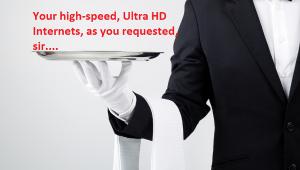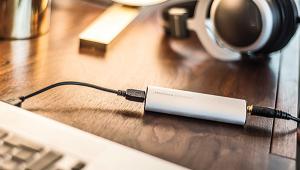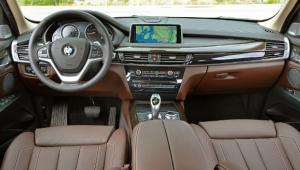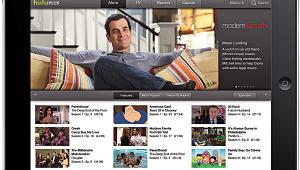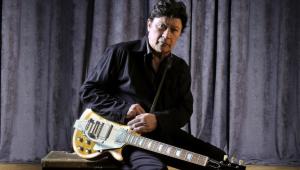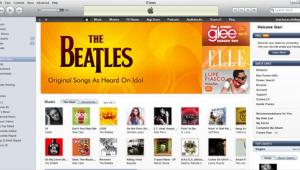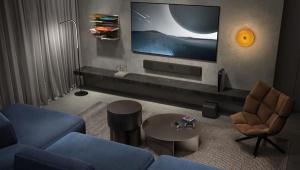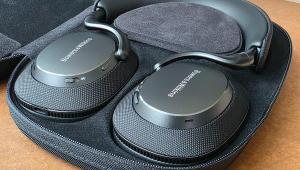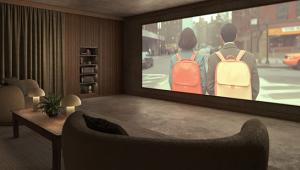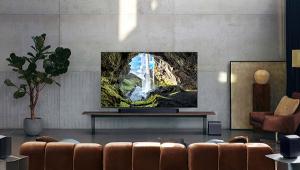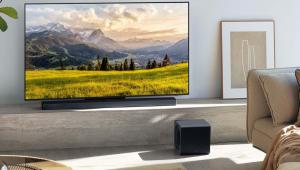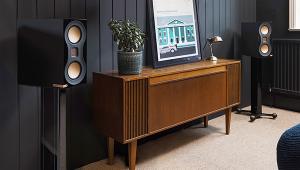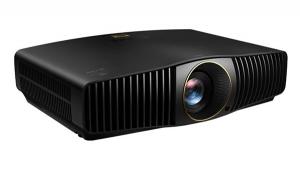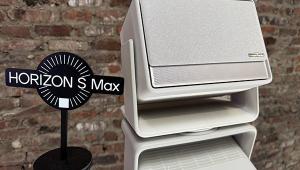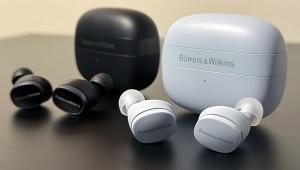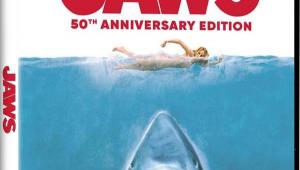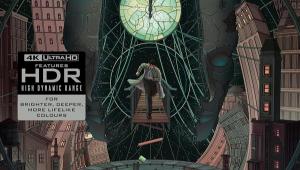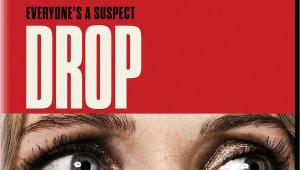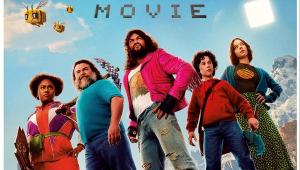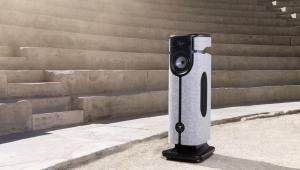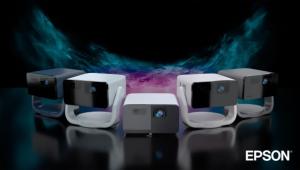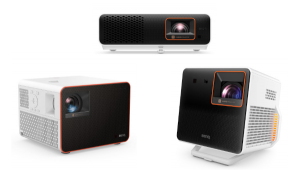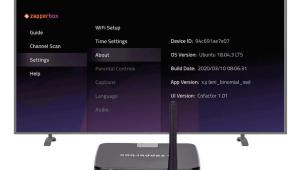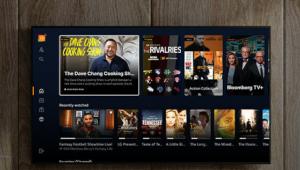LG LST-3410A HD DVR Page 3
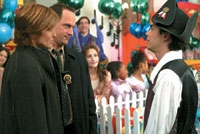 |
| LG's tuner/recorder can give you almost as much control over when and how you watch HDTV broadcasts of Law & Order: SVU as standard-def hard-disk recorders do for regular broadcasts. |
In general, the recorder's operating software is both helpful and civil. For example, if you try to change channels while making a recording, a pop-up window helpfully suggests that you stop the recording and try again. Pausing live TV is the real crowd-pleaser, but be warned: if you pause a program and then start watching it again, then pause a second time while still watching the cached portion, the part you already watched is lost.
After I set up the box, it was time to savor the visuals. I watched some March Madness hoops being broadcast in 1080i (interlaced) format on CBS, and I must say that I haven't found a better reason to buy into the high-def scene. The smoothness of the action, the vibrancy of the colors, and the sharp resolution were all outstanding. The picture quality of the slo-mo ball handling was almost professional.
Similarly, movies broadcast in high-def looked terrific, noticeably better than DVD quality. I wondered if the limiting factor on the quality of the picture I was seeing was the broadcast or my playback equipment. It really was that good. Even plebian standard-definition (480i) broadcasts looked good. It was easy to see why HDTV broadcasting hooks viewers so persuasively - at least when it's well done.
Of course, the proof of any recorder lies in its storage quality. I wasn't surprised to see that the LST-3410A's HDTV recording quality was excellent - stored programs looked as good as their "live" versions. In its Best mode, the recorder is essentially an MPEG-2 "bit bucket," dumping the digital bits received from the broadcast to the hard drive with no processing or further compression. In playback, the signal out to my monitor was superb. The downside, of course, is that the drive can hold only 12 1/2 hours of HDTV programming.
The recorder can also encode standard-def video on the fly so you can record analog sources. In fact, while you must use the Best mode to record digital broadcasts, analog broadcasts (or signals coming in though the analog A/V inputs) can be recorded at four quality levels: Best, High, Medium, or Basic. When I was recording from a high-quality analog source, the Best level looked terrific, with near-DVD quality. The High level was almost as good, but encoding artifacts began to show up. At the Medium and Basic levels, quality was obviously degraded, with smearing and faded colors. The picture had a grainy quality to it, and "blocking" artifacts were often visible, making the recording inferior to a high-quality VHS recording. One final point: unlike some hard-disk recorders, this one was fairly quiet mechanically.
Every few years, technology changes the way we look at and use things. We saw it when CD came along. DVD-Video did it, too, as did HDTV. Now the advent of high-definition hard-disk recorders like LG's LST-3410A is changing the landscape again. They merge the best of both worlds - the visual fidelity of HDTV broadcasting with the convenience of hard-disk recording. Better than live HDTV, better than tape-based storage, a high-def hard-disk recorder is truly a marriage made in A/V heaven. After gazing at pristine HDTV programs and playing with the deck's marvelous features, you'll want to smile.
Tech Notes
Our lab tests were confined to examining the LST-3410A's analog NTSC video-recording capabilities. Like most DVD recorders, it has four recording modes that set the upper limit for the bit rate of the encoded video. The two top modes, Best and High, were adequate for almost all non-copy-protected material you might want to dub, including signals from digital (DV) and analog camcorders. Resolution was at the DVD limit (540 lines), and encoding artifacts were minimal at the Best setting.
Unlike a typical DVD recorder, the LG deck maintained the same resolution even in the Medium and Basic modes, but there were an increasing number of visible artifacts, especially when the image was moving.
Record/playback audio performance was adequate if not stellar (noise levels were -64 dB, about 12 dB short of CD quality). The recorder is designed to accept compressed audio/video data via FireWire (IEEE 1394, i.Link) only from certain types of components, which didn't include any of the MiniDV camcorders we had on hand. We tried a D-VHS recorder, but although the LG initially recognized it, after we tried to abort an unsuccessful dub to tape from the hard drive, the LG recorder would no longer recognize the D-VHS machine as a source.
- David Ranada
